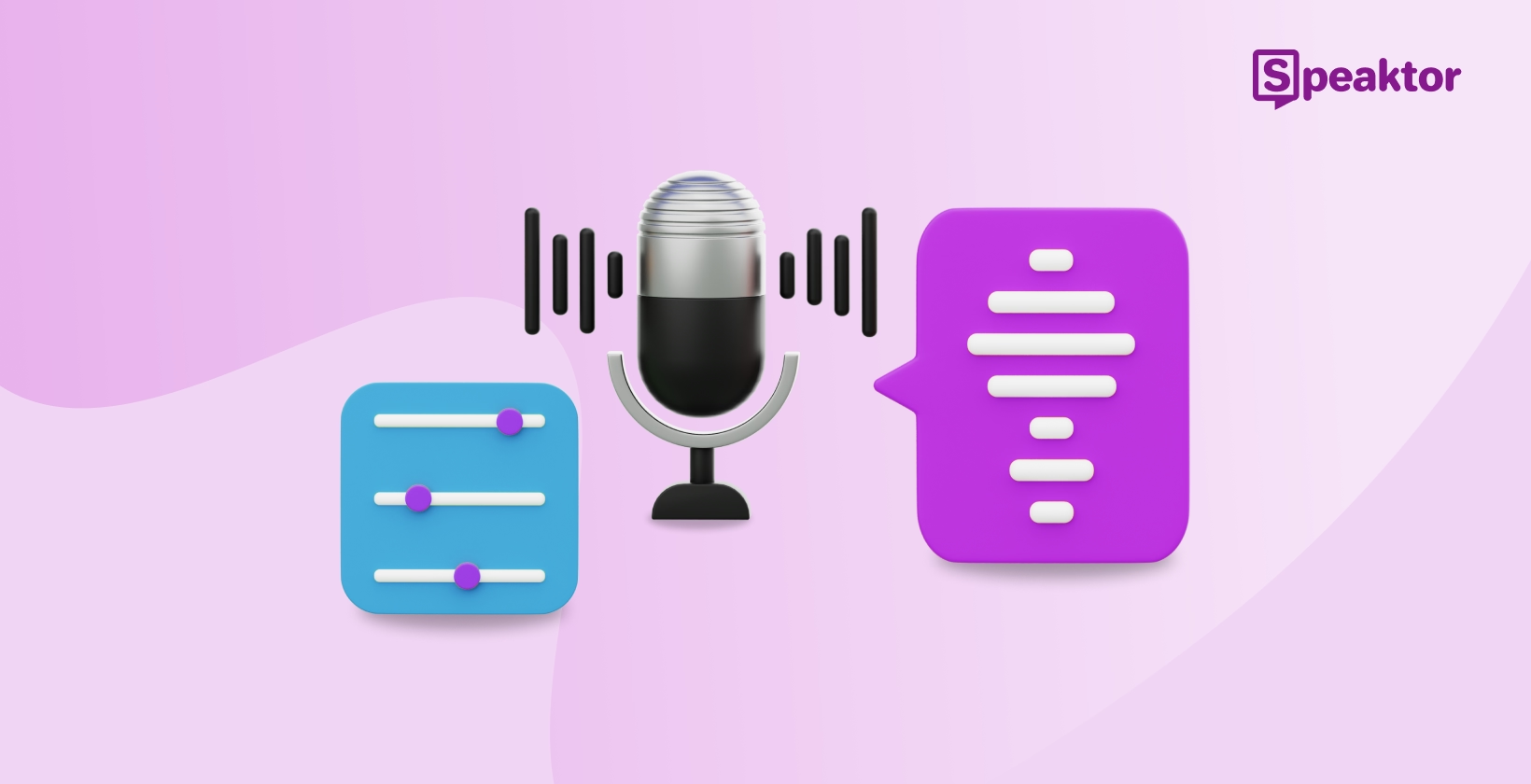Creating consistent, professional voice content has traditionally been a challenge. Hiring voice actors for custom voiceover creation can be expensive and time-consuming. Plus, ensuring consistency across different projects and platforms can be difficult. Generic text-to-speech solutions offer a more cost-effective alternative, but they often lack the nuance and personality needed to capture a brand's identity. This is where voice customization comes in.
This all-inclusive guide covers the key elements, tools, and strategies for customizing AI voices to match your brand. We’ll also examine how custom voices can boost brand recognition, customer engagement, and workflow.
Understanding Voice Customization in Modern Branding
Voice customization is tailoring synthetic or AI-generated voices to align with a brand's specific needs and preferences. This includes adjusting parameters such as tone, pitch, accent, pronunciation, emotion, and speaking style to create a voice uniquely representative of the brand. Tailoring voice is crucial for building a strong brand identity. It ensures consistency across all touchpoints.
Impact on Brand Recognition
AI voice branding can significantly enhance brand recognition and recall. When consumers hear a voice consistently associated with your brand, they are more likely to remember your brand and associate it with positive emotions. Research has shown that sonic branding elements can drive a 17% increase in ad recall and a 6% lift in purchase intent.
Current Trends in Voice Technology:
Some of the most notable trends in voice technology include:
- Emotion-aware custom voice synthesis: This technology enables AI voices to adapt their emotional delivery based on the context of the conversation. This allows for more natural and engaging interactions with consumers.
- Voice cloning technology: It lets brands create a digital clone of a real person's voice, which can be used for various applications, such as multilingual campaigns.
- Hybrid human-AI voice development pipelines: This approach combines the strengths of both human voice actors and AI technology to create high-quality, customized voices.
Benefits of Custom Voice Solutions
Solutions that can create tailored voices offer brands many benefits. Some of them are: faster content creation and lower production, localization, and translation costs. They can also speed up brand voice development compared to traditional recording methods. Providing consistent and personalized voice experiences can increase customer satisfaction scores.
Key Elements of Voice Customization
Creating a truly personalized text-to-speech requires careful attention to various vocal parameters. Here are some of the key elements to consider:
Tone and Pitch Control
Tone and pitch are fundamental aspects of voice customization. Adjusting these parameters can significantly impact how your brand is perceived. For example, a lower pitch can convey authority and confidence, while a higher pitch can project warmth and friendliness. Financial institutions often use measured, mid-range tones to project stability and trustworthiness.
Accent and Pronunciation
Accent and pronunciation are crucial in creating a voice that resonates with your target audience. A well-chosen accent can build familiarity and trust. It makes the voice feel more relatable and engaging. Precise pronunciation ensures clarity, reduces misinterpretation, and enhances the overall listening experience. Fine-tuning these elements can help you reinforce your brand’s identity and message.
Emotion and Expression
The ability to convey emotion is essential for voice identity customization. Advanced voice synthesis systems can now decode a wide range of emotional nuances. For example, Coca-Cola uses an upbeat, energetic tone to evoke excitement and joy, while Netflix opts for a more dramatic and cinematic “ta-dam” sound.
Speed and Rhythm
The speed and rhythm of speech can also impact how your message is received. Audiobooks and podcasters, for instance, often perform best at 150-160 words per minute (WPM) with deliberate pacing.
Top Voice Customization Tools for 2025
The AI voice generator market is projected to grow from USD 17.16 Billion in 2025 to USD 204.39 Billion by 2034. A part of this growth can be attributed to the growing number of voice customization solutions. To help you decide which is the best for you, here are some of the top tools to watch in 2025:
Speaktor
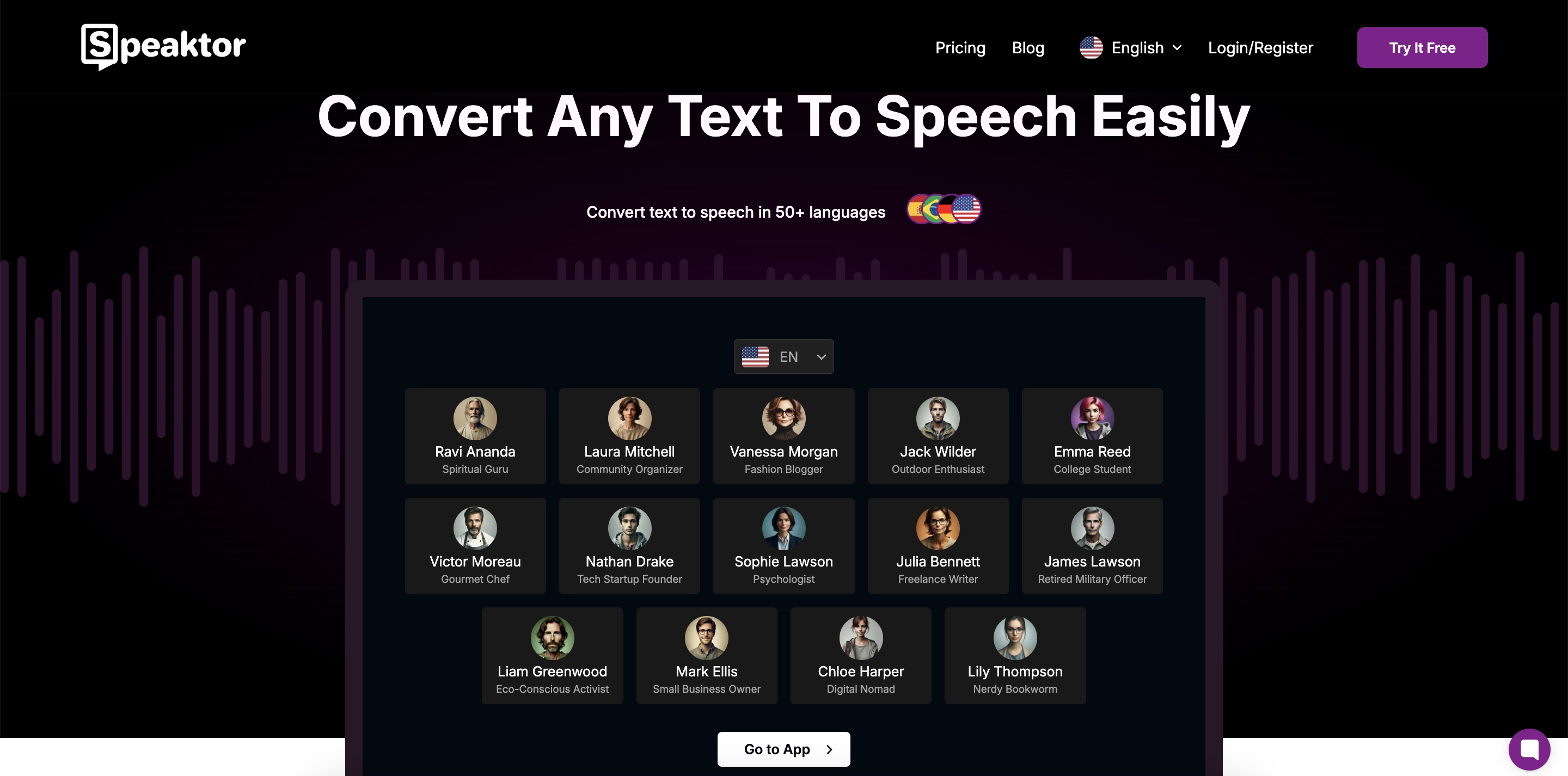
Speaktor is an AI-powered text-to-speech platform transforming written content into high-quality, natural-sounding audio. It is designed for a wide range of users. With support for over 50 languages, Speaktor allows users to create audio versions of their text. It offers customizable settings such as speed and different voices.
One of Speaktor’s standout features is AI voice personalization. It offers different voice profiles and professions that can be used for different use cases, from e-learning modules to podcast narration. The platform offers an intuitive interface where teams can collaborate on a file.
Key Features:
- Choose from different voice profiles to add personality and authenticity to voiceovers.
- Translate text into different languages to cater to global audiences without switching platforms.
- Different playback speeds to fine-tune the pace for different content types, from fast-paced ads to slower, detailed narrations.
- Export audio in different formats like MP3 and WAV to use across digital platforms.
Murf AI

Murf AI is a professional-grade text to speech customization tool for content creators, educators, and businesses. It offers 20+ languages with over 120 natural-sounding AI voices and precise control over speech attributes like pitch, speed, and pronunciation. Users can also create their own voice clones by uploading voice samples, making it a powerful tool for personalized branding.
Key Features
- Upload and train the AI on your voice for a completely customized sound.
- Align voiceovers seamlessly with video and presentations for professional content creation.
- Fine-tune pauses, emphasis, and pronunciation to achieve the perfect speech output.
Speechify
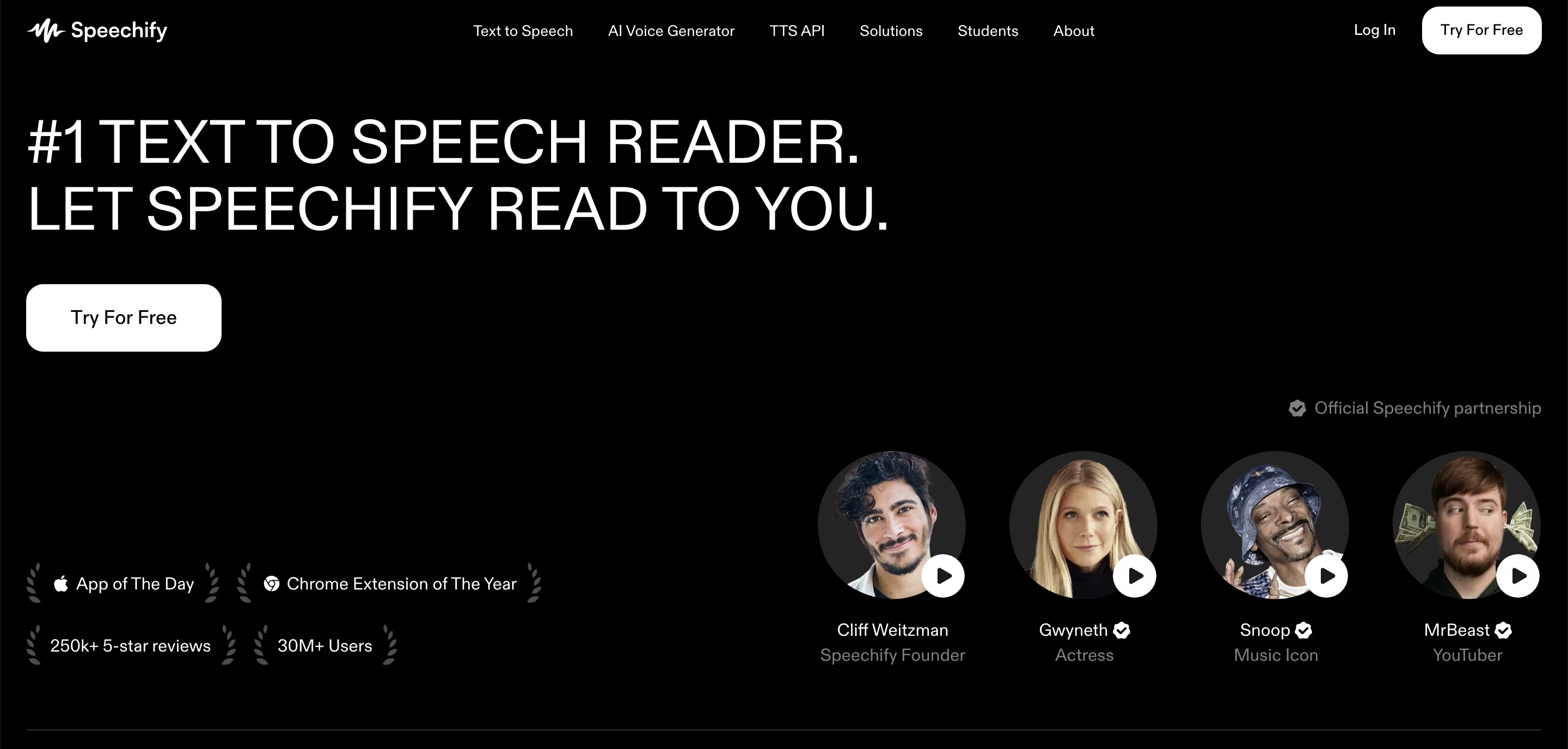
Speechify is a widely used text-to-speech tool. It is ideal for users who prefer auditory learning or require accessibility support. The platform offers a range of customizable voices and allows users to adjust the reading speed for different listening preferences.
Key Features
- Supports over 20+ languages
- Control reading speed to match your listening pace.
- Synchronizes audio with highlighted text for an enhanced reading experience.
- Works on desktop, mobile, and browser extensions for seamless device integration.
WellSaid Labs
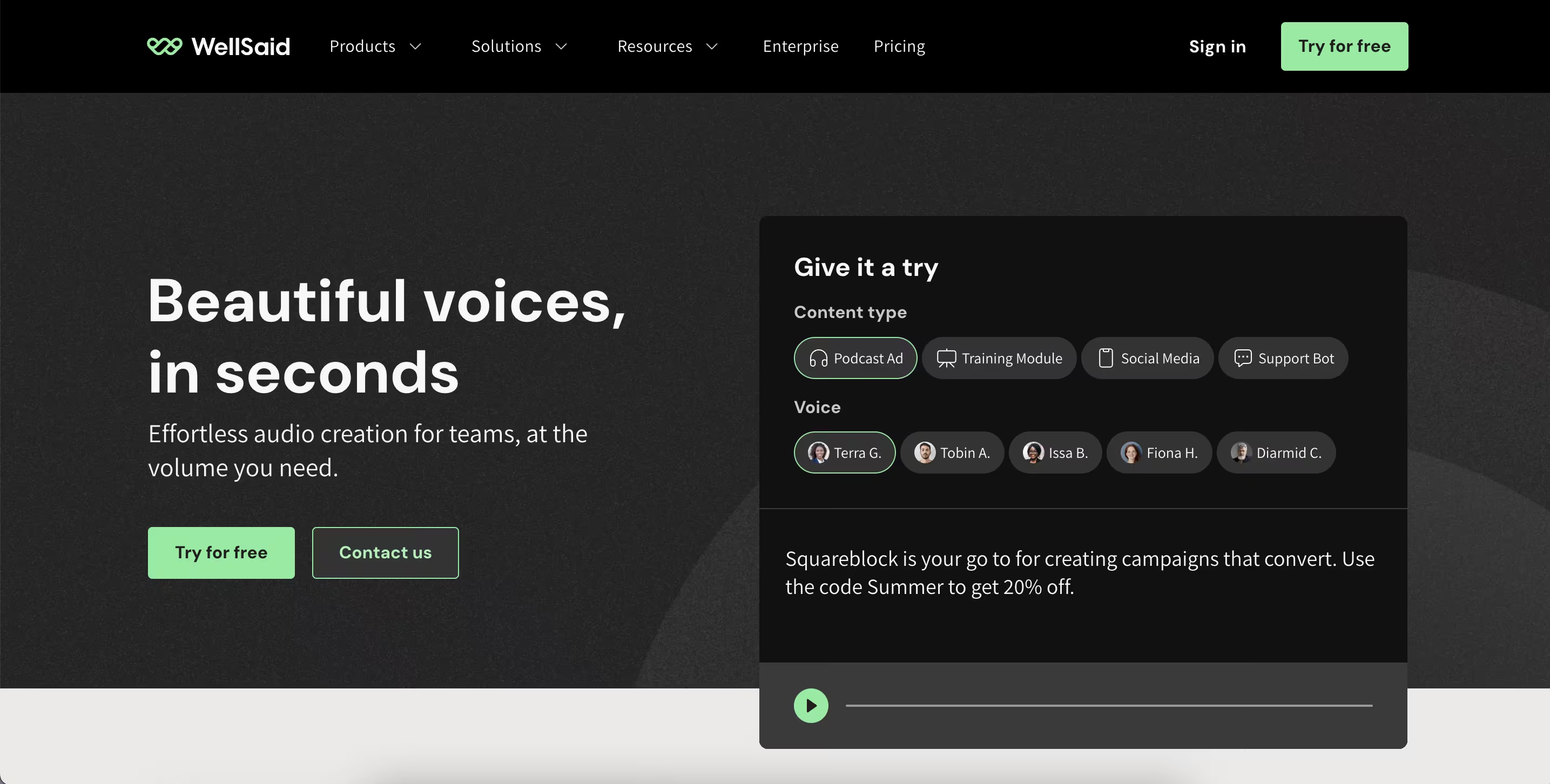
WellSaid Labs specializes in AI-generated voices for professional applications. It offers high-quality voiceovers that can be used in e-learning, corporate training, and digital content. The platform provides a selection of pre-trained AI voices and enables users to create custom voices to match brand identity.
Key Features
- 50 distinct AI voices available in English
- Develop and refine unique AI voices for consistent branding.
- Integrates with applications and workflows with enterprise-ready API.
- Produces studio-quality voiceovers suitable for professional-grade content.
Amazon Polly

Amazon Polly is a cloud-based text-to-speech service that leverages deep learning to generate lifelike speech in 60+ languages and dialects. It supports a range of voices and offers features such as custom pronunciation settings and Speech Synthesis Markup Language (SSML) for greater control over speech delivery.
Key Features
- Offers a vast selection of voices across different languages and dialects.
- Adjust tone, pronunciation, and pauses with SSML tags.
- Designed for enterprises that need large-scale voice generation at an affordable price.
Mastering Voice Customization with Speaktor
Speaktor stands out among the tools listed. It’s a strong platform that provides features to create high-quality, custom voices that match your brand.
Setup Process
Getting started with Speaktor is quick and easy. Sign up on Speaktor's website using your email or Google account. Once registered, configure your settings, such as language and use case. Speaktor provides flexibility in how you input your content. You can upload your script in PDF, TXT, and DOCX formats or type it into the platform.
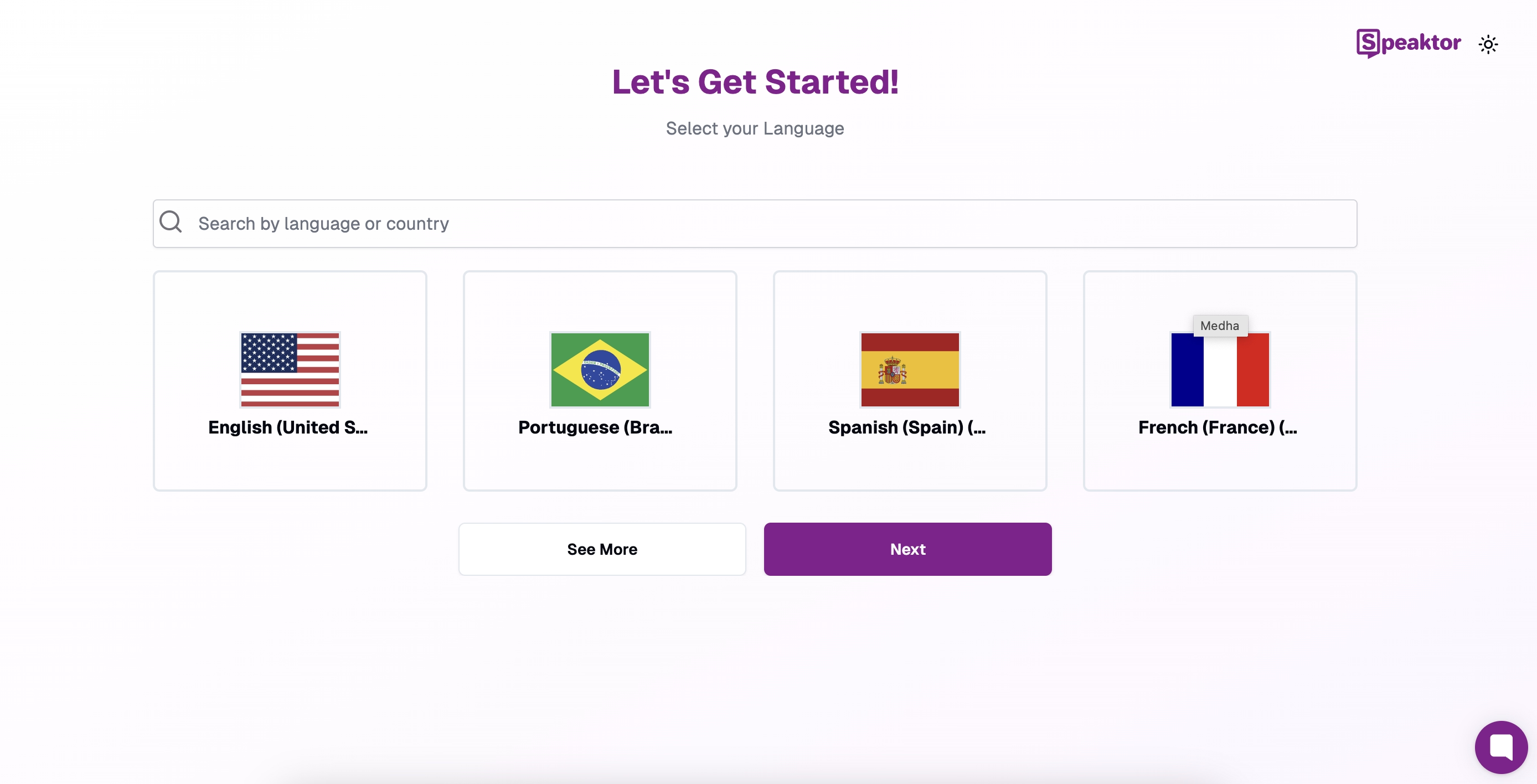
Click Multi-Speaker Voiceover for Ease.
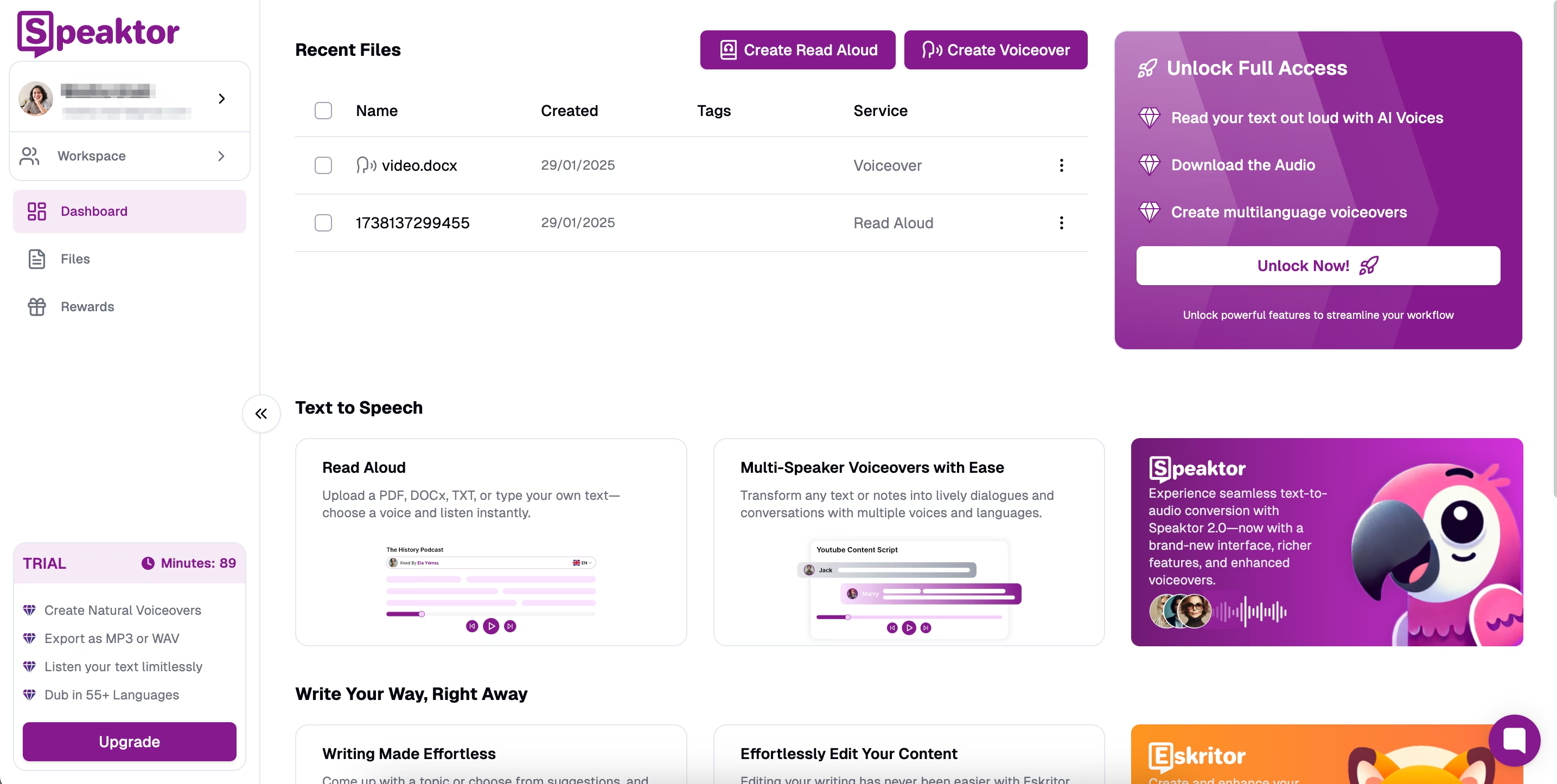
Choose how to create your voiceover: turn transcriptions, Excel documents, or your own text into dynamic audio. For the sake of this example, we’ve selected Create AI voiceover.
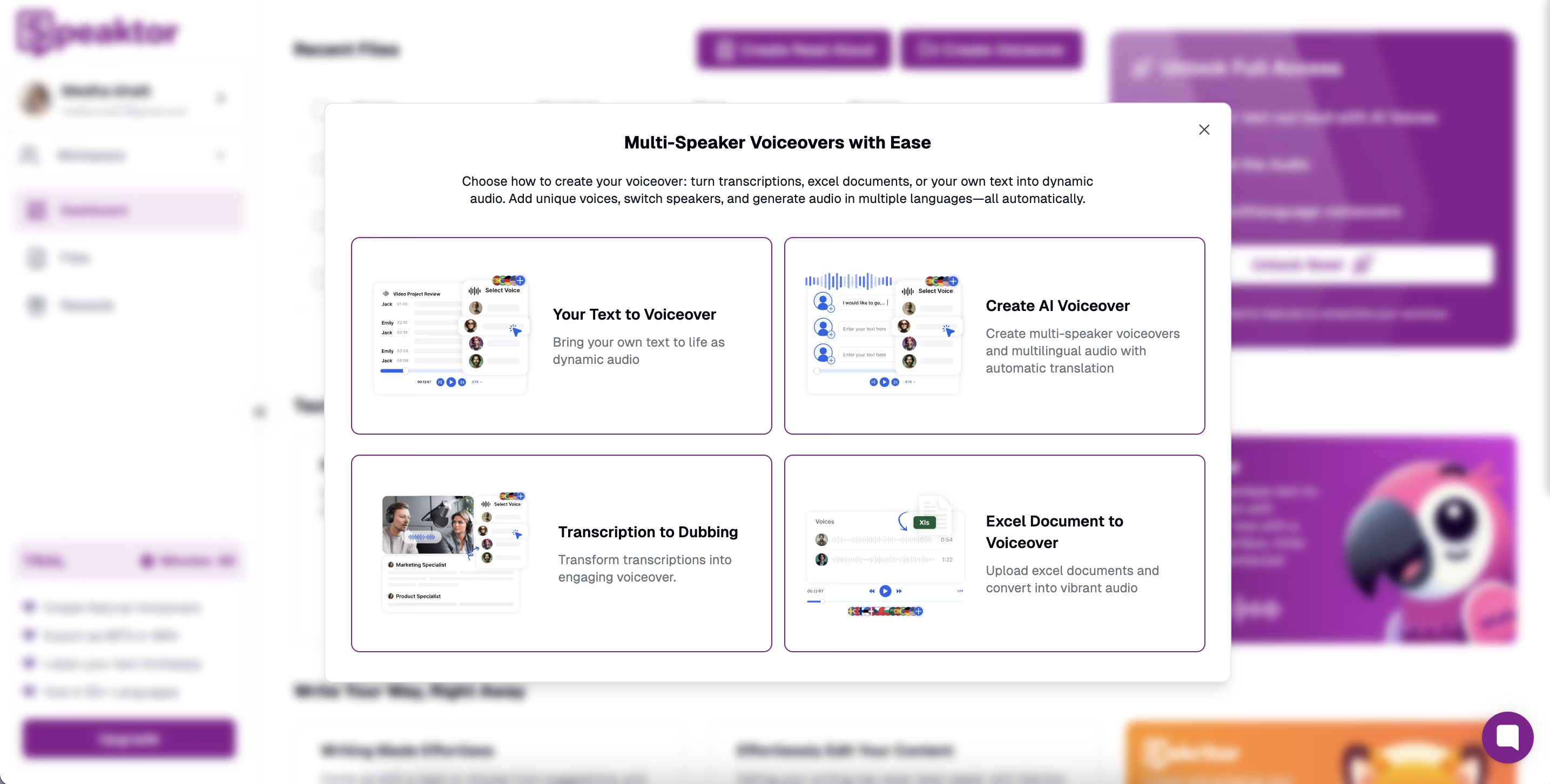
Select voice, paste your text, and listen to it. Adjust as needed.

Click the floppy icon to save in Speaktor or the download button to download the file for offline use.
Advanced Customization Features
Speaktor offers a range of advanced features that allow you to fine-tune your voice to perfection.
- Multiple speaker options: Speaktor allows you to create many speaker profiles, each with its unique voice and personality. This is ideal for creating diverse content that appeals to different audiences.
- Language support: Speaktor supports many languages so you can create voice content for global audiences.
- Format flexibility: Speaktor allows you to export your voice content in various formats, including MP3 and WAV.
Best Practices for Professional Results
To achieve professional results with Speaktor, follow these best practices:
- Experiment with different vocal parameters to find the perfect balance for your brand.
- Use high-quality audio samples to ensure optimal output quality.
- Avoid using exaggerated emotions or accents.
- Ensure your voice content is consistent with your brand's overall messaging.
Implementing Custom Voices Across Different Platforms
Custom voices can be used across various platforms to enhance brand recognition, improve customer engagement, and streamline content creation workflows. Here are some examples of how to implement custom voices across different platforms:
Social Media Content
One of the most popular marketing channels, social media, is a popular contender for custom voice. Use it to create engaging social media content that captures your brand's personality. For example, you could use it to narrate short videos, read out captions, or create personalized voice messages for your followers.
E-learning Materials
Use custom voices to create immersive e-learning materials that keep learners engaged. For instance, you could use a custom voice to narrate online courses, provide feedback on assignments, or create interactive simulations.
Marketing Campaigns
If you want to create memorable marketing campaigns that resonate with your target audience, it is time to use tailored voices. Create different voices to narrate radio ads, create personalized voice messages for email marketing campaigns, or develop interactive voice experiences for your website.
Customer Service Applications
Lastly, tailor your voice for customer service and IVR systems to personalize customer service interactions and improve customer satisfaction. Use a custom voice to greet customers when they call your customer service line, provide automated responses to common questions, or create personalized voice messages for follow-up communication.
Conclusion
Voice customization helps brands build a strong, recognizable auditory identity. Tailoring AI voices to match your brand’s personality, values, and audience enhances recognition, boosts engagement, and streamlines content creation.
Your brand’s voice is a vital part of its identity. Investing in voice personalization creates a unique, memorable auditory experience that resonates with your audience.
Ready to elevate your brand’s voice? Explore Speaktor. With its intuitive interface and advanced features, it’s your go-to tool for mastering voice customization.
